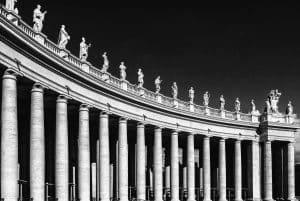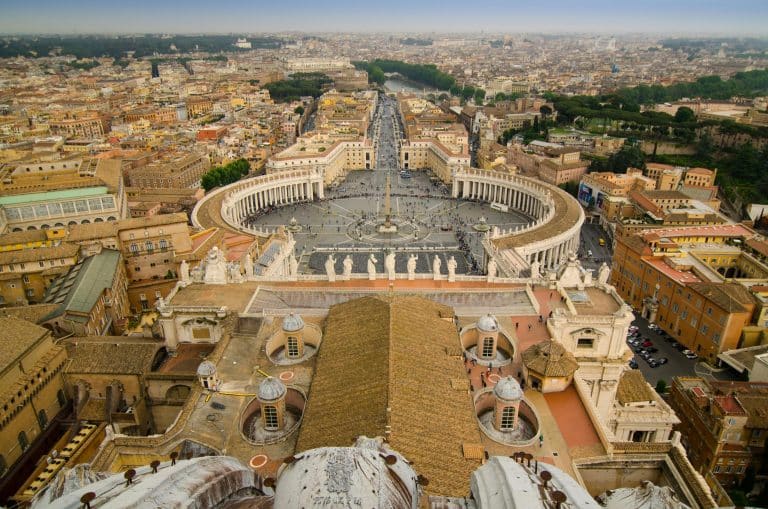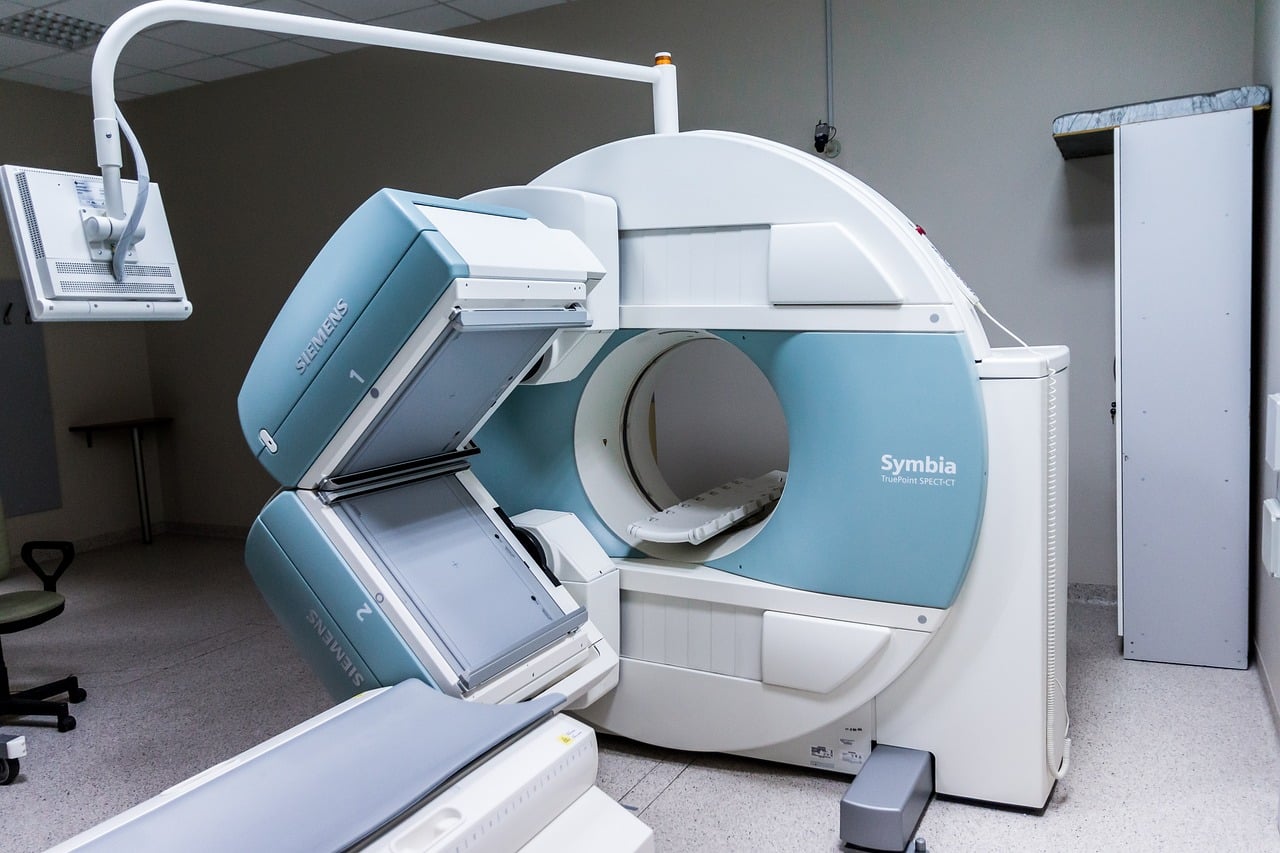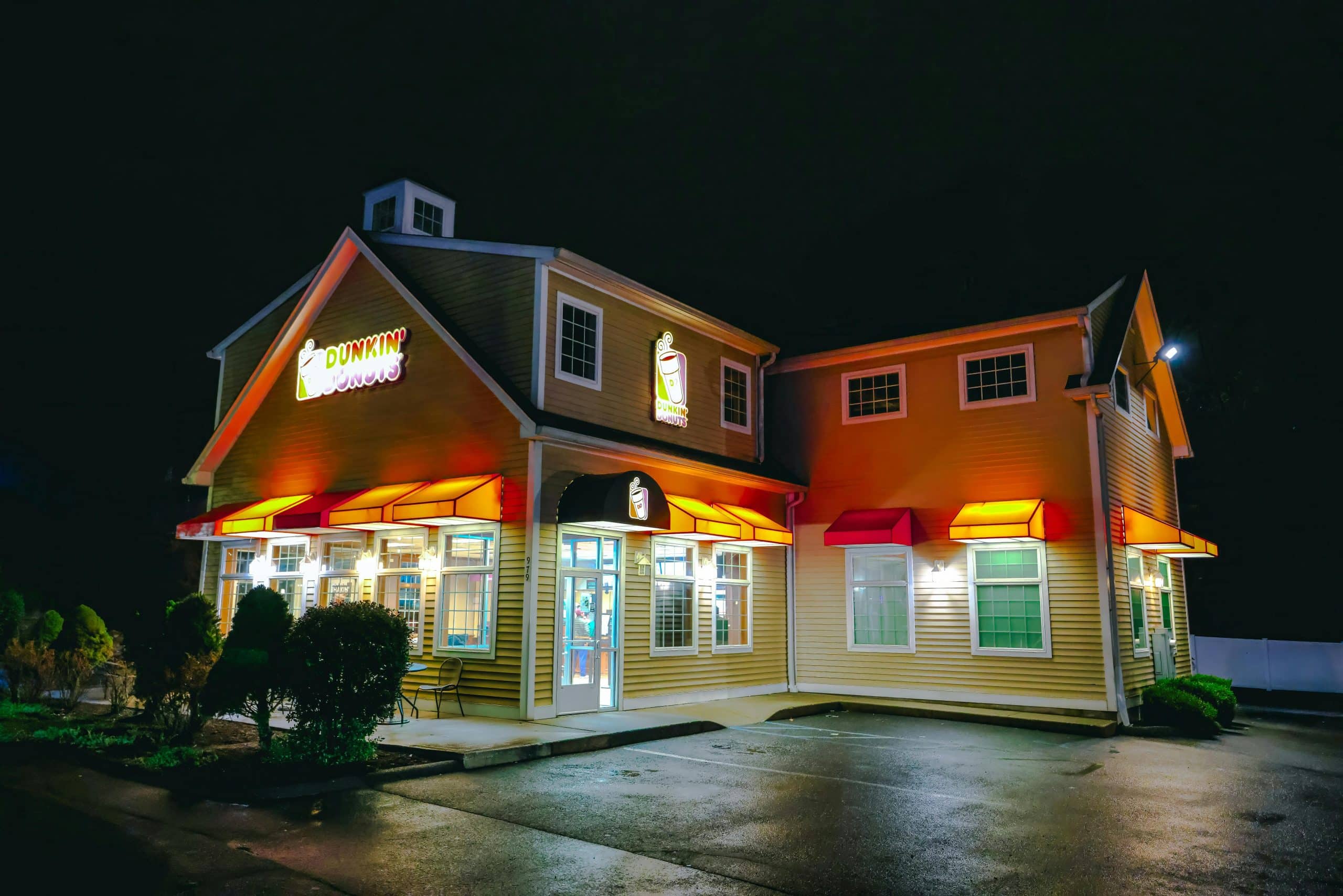How a new Pope is selected is via a conclave. That is how the Catholic Church selects its next. Conclave means, in Latin, “with a key,” because the cardinals, all in the world who are under 80 years of age, are locked in the Sistine Chapel, with a key. Pope Francis died yesterday, kicking off the process. Pope Benedict XVI was the first to resign from office since Pope Clement in 1056. Do you think the longevity of the conclave process has helped the cardinals remember how to elect a Pope?

How to Pick the Next Pope and Conclave Rules
How the Cardinals, who will elect the next Pope, do their election is sequestered for the duration of the papal election. They ride a bus back and forth from a hotel and do not talk to anyone. There are currently 163 Cardinals, 110 of whom are under the age of 80. 55 of whom were made Cardinals by Pope Francis. They often stack the conclave with their adherents to ensure whoever is after them is of a similar vein.
The sequestration also means the cardinals in the conclave will not have cell phones, and they are locked in the Sistine Chapel. The cardinals are cut off from the outside world until they elect a Pope. That is how it works. It is a great sight, though. So is the Papel funeral, which will take place Saturday, April 26, 10:00 AM, Vatican time.
The next Pope is virtually guaranteed to come from the conclave. The members of the conclave vote by writing a name on a sheet of paper that says “Eligo in Summan Pontificum” or “I Elect as Supreme Pontiff,” and the members write the name of one of the cardinals in the room. If nobody from the Conclave gets two-thirds of the vote, the ballots are burned with a chemical that produces black smoke from the chimney of the Sistine Chapel.
If someone is lucky enough to receive two-thirds of the vote from the conclave, the ballots are burned with a chemical that produces white smoke from the chimney of the Sistine Chapel. That is how the world knows a new Pope has been elected. Not long after that, they will appear on the balcony of his residence to greet the world.
What Else Happens when a Pope Dies?
There is also a century-old tradition when a Pope dies. The carmengo, or chamberlain, is a cardinal and likely a conclave member. How he works is that he taps the deceased pontiff on the forehead with a small silver hammer to elicit a response. If they die, the chamberlain must notify the Cardinal Vicar of Rome of the death, who will then alert the conclave and the rest of the world.
There is more. The chamberlain organizes the funeral of the deceased pontiff. World leaders will attend, so it is a big production. The chamberlain will arrange the nine days of official mourning, during which the deceased pontiff will lie in state in the Vatican Basilica. The chamberlain will then destroy the Pope’s fisherman’s ring and the lead seal he uses to make an imprimatur on official letterhead. Lastly, the chamberlain will arrange for the conclave.
Conclusion
No one knows who the next Pope will be, but it is guaranteed that they will be a member of the conclave. Despite the uncertainty, a cottage industry has built up around prognosticating the next. It will be interesting to see if the conclave selects a young or an old one. There is a school of thought that says the conclave does not want to select one who is too young and would be around for too long.








